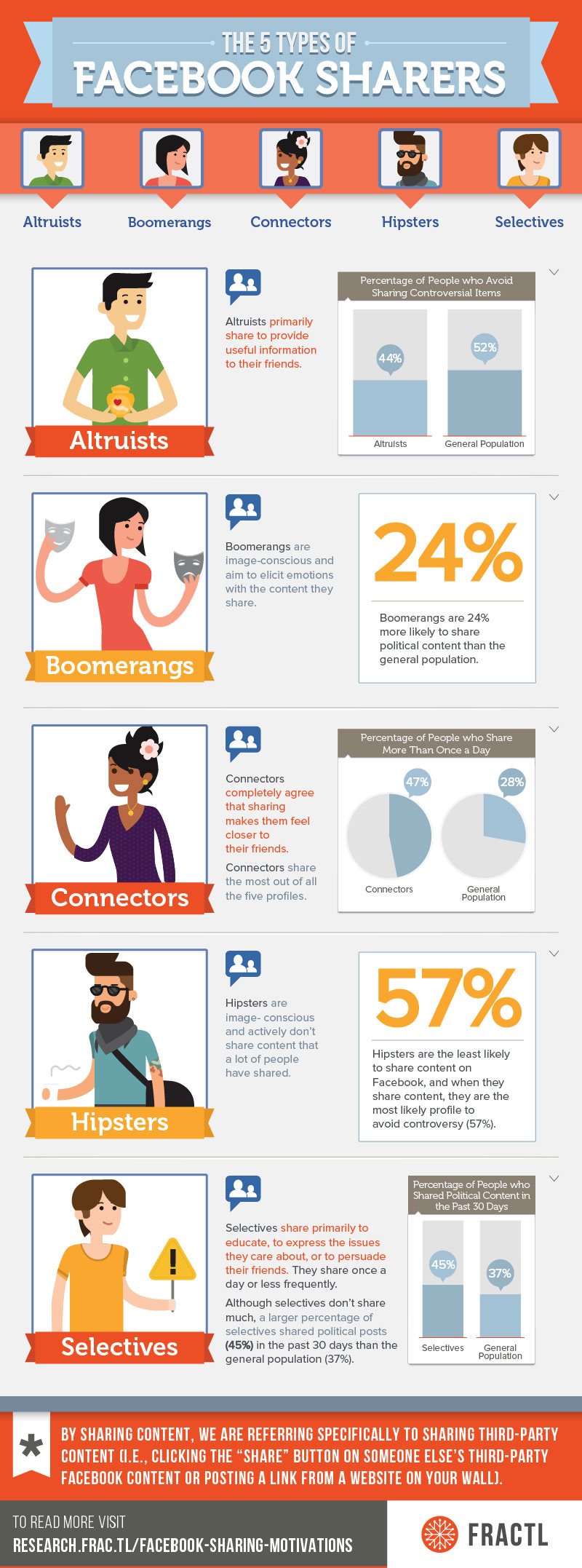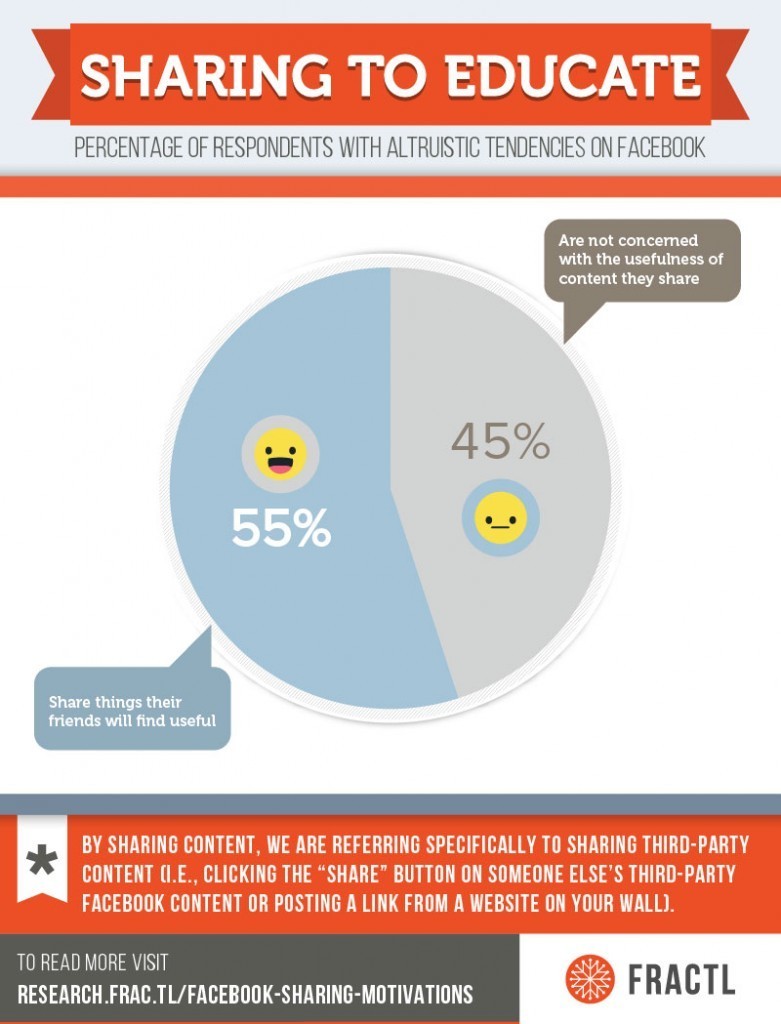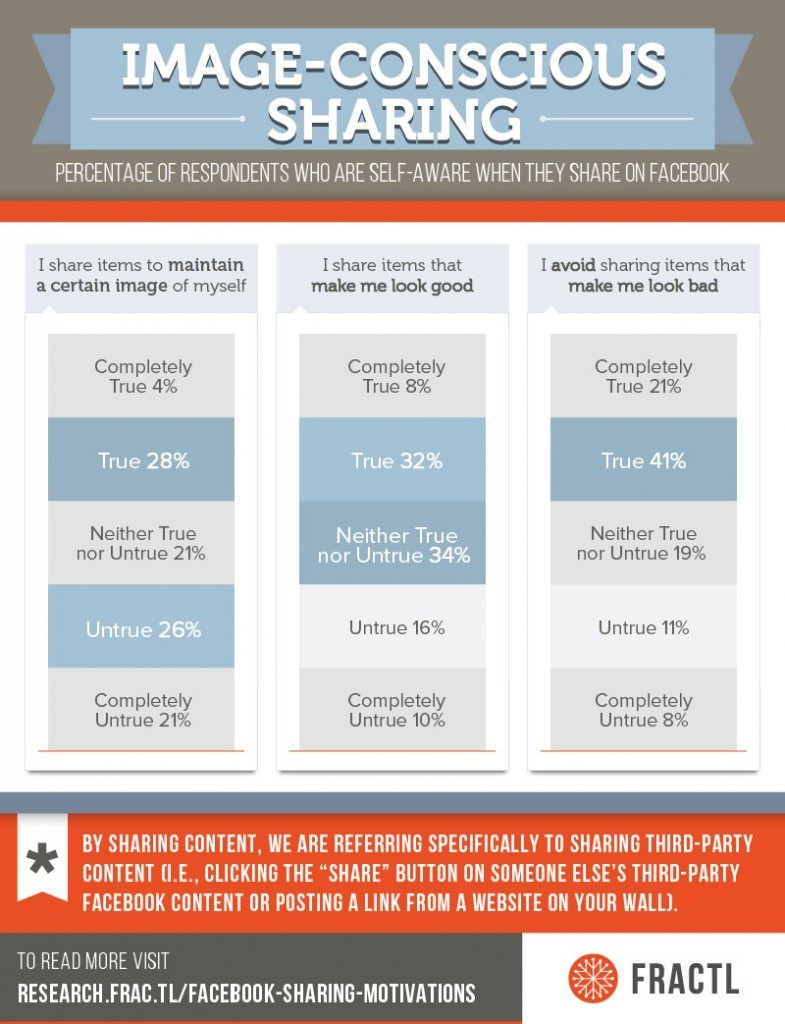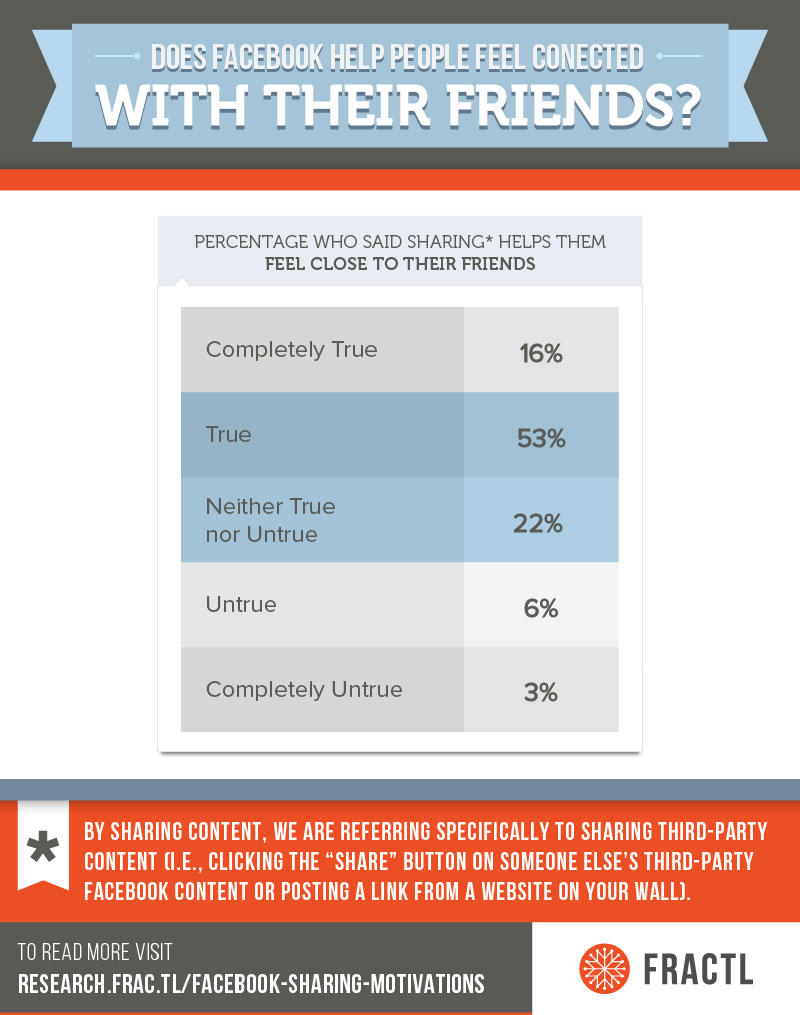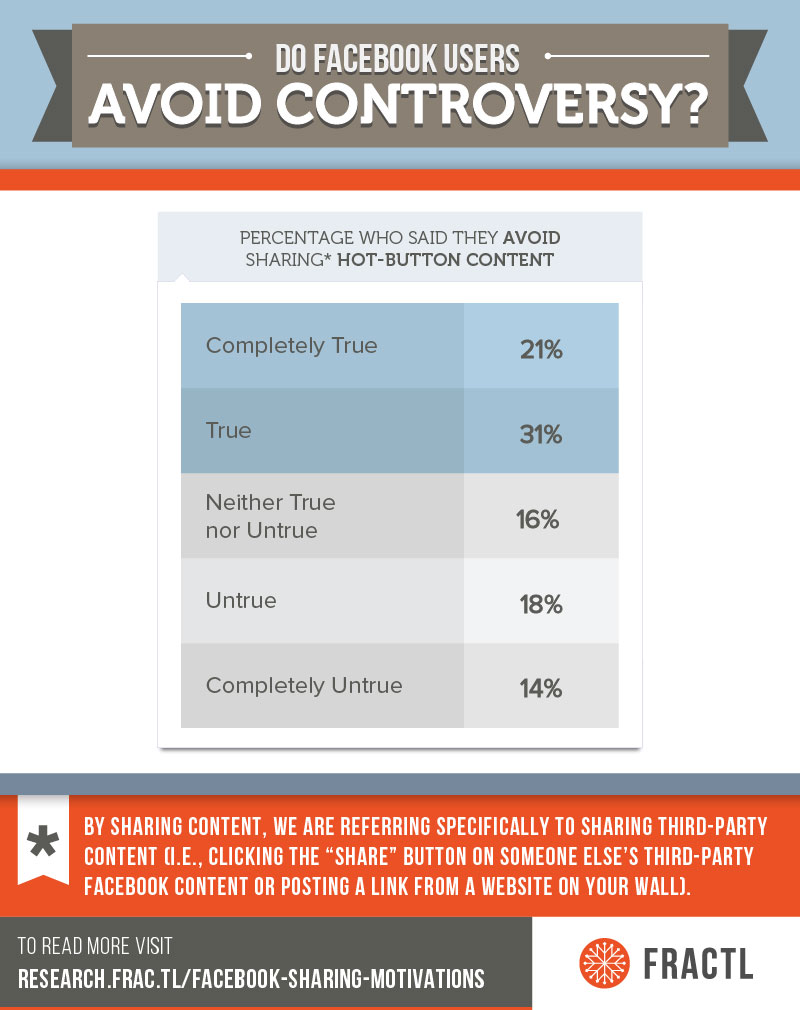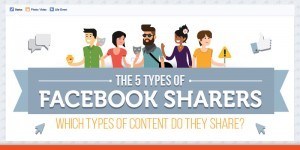
Your friend, Gabby, has apparently never heard of punctuation. In between endless stream-of-consciousness status updates, she shares relationship memes and news articles from questionable sources. Meanwhile, your cousin somehow never reveals any personal information on Facebook (plus, he posts conspiracy theories seemingly every hour).
People have wildly different strategies for how to function online. This should come as no surprise because – in a digital age – social media affects how we shape our identity.
The Psychology of Sharing Content On Social Media
According to Dr. Marisa Schnapp, a psychologist with 20 years of experience, “social media is a Photoshopped version of people’s lives.” She says what we post is the “snapshot of happiness and success [we] want others to see.”
Most obviously, this applies to our personal status updates – we share smiling photos with our significant other or happy status updates in order to maintain a certain image. But this also applies to the outside links and non-original content that we choose to share. Maybe you’ll choose to pass along that image of someone doing a crazy yoga position in order to bolster your personal brand of health and wellness.
It’s imperative for marketers to understand the psychology behind users’ social media posts in order to create content that people will be motivated to pass along through their sometimes very carefully curated media accounts.
It turns out there are well-defined patterns of user behavior on social media sites. In 2014, The New York Times conducted a study on The Psychology of Sharing. Based on a series of ethnographies, a week-long immersive panel, and a quantitative survey of 2,500 medium to heavy online sharers, The New York Times’ researchers identified six different types of sharers (altruists, boomerangs, careerists, connectors, hipsters, and selectives).
Interested in how these six personas applied to behavior on a single platform – Facebook – we surveyed 2,000 Facebook users about their sharing habits and motivations. Then we used 5 of the 6 New York Times persona categorizations to glean further insight into users’ sharing motivations.*
The 5 Types of Facebook Sharers
You’ll probably recognize yourself or your Facebook friends in these sharing personas:
- Altruists share primarily in order to provide useful information to their friends.
- Boomerangs share on social media in order to gain validation. They share frequently and aim to get a reaction out of others.
- Connectors use social media as an extension of their offline lives. They use social media in order to feel closer with their friends.
- Hipsters are image-conscious and actively do not share content shared by others.
- Selectives share infrequently. Similar to altruists, they share content that is useful or informative. They may have a specific person or persons in mind when they post outside content to their wall.
To read more about how we identified these five sharing personas, read our methodology at the bottom of this post.
Motivations for Sharing on Facebook
Not everyone fits exactly into these categories – people exhibit sharing behaviors across these classifications. Below, we look at the extent to which the wider Facebook-using population share characteristics with these five personas.
Being Useful
Altruists share primarily to provide useful information to their friends. Only 11% of people indicated this option. However, many users do want (at least some of) their posts to be useful to their friends.
Image-Consciousness
Boomerangs and hipsters are both image-conscious. In the general population, people are more likely to admit they avoid sharing items that might look bad than they are to acknowledge that they actively share items to make themselves look good or to promote a certain image.
Feeling Connected
Connectors completely agree with the statement, “Sharing helps me feel connected with my friends.” However, they aren’t the only who see the social value of the platform. Facebook is social media after all.
Avoiding Controversy
Of our five sharing profiles, hipsters and selectives share the least amount of content. When hipsters do share content, however, their image-conscious side reveals itself. Fifty-seven percent say they avoid controversy (the highest of any of our groups).
On the other hand, selectives are the least likely to avoid controversy; less than half (44%) admit to actively avoiding controversy when they share content. In the general population, about half (52%) of people answered “True” or “Completely True” to the statement, “I avoid sharing items that are controversial.”
Want to learn more about Facebook users? Read our full study on the Demographics of Sharing on Facebook and the Motivations for Sharing on Facebook.
Methodology
We conducted a survey of 2,000 Facebook users about their habits and motivations for sharing on social media. We used The New York Times categorization of sharing personas as one lens through which to examine our data. The original categorization included six personas, but we omitted the category of “careerist” due to its limited applicability to Facebook.
Furthermore, The New York Times study used its data to construct these six sharing personas. Our aim was not to verify its findings, but rather to use its descriptions of sharing types in order to better understand our own research results. We used the descriptions of five sharing personas from the original study to pick out extreme versions of each category from our data set and analyze their sharing habits and motivations. Each of the five categories with extreme examples of each type of persona contained between 200 and 300 respondents (10% to 15% of the total sample). The categories were not mutually exclusive.
- Altruists. We classified altruists as individuals who selected their primary reason for sharing as, “I share things that my friends will find useful.”
- Boomerangs. We classified boomerangs as people who were image-conscious and who agreed to the statement, “I share things that will make my friends feel something (happiness, sadness, anger, etc.).”
- Connectors. We classified connectors as people who selected “Completely True” to the statement, “Sharing helps me feel connected with my friends.”
- Hipsters. We classified hipsters as individuals who were image-conscious and actively did not share content shared by others (people who answered “False” or “Completely False” in response to the question, “I share items that a lot of people have shared.”). Hipsters shared content slightly less frequently than the general population.
- Selectives. We classified selectives as individuals whose primary goal in sharing content was to “share things to persuade my friends about something” or to “share things that inform my friends about the things I care about.”
*We omitted the category of “careerists” from our analysis. According to the study, “careerists” are business-savvy networkers, who primarily use LinkedIn.
![5 Types of Facebook Sharers: What Motivates Them to Share? [Infographic]](https://www.frac.tl/wp-content/uploads/2016/06/5TFS-header.jpg)
